AI-Driven Real-Time Productivity Tracking for Industrial Operations
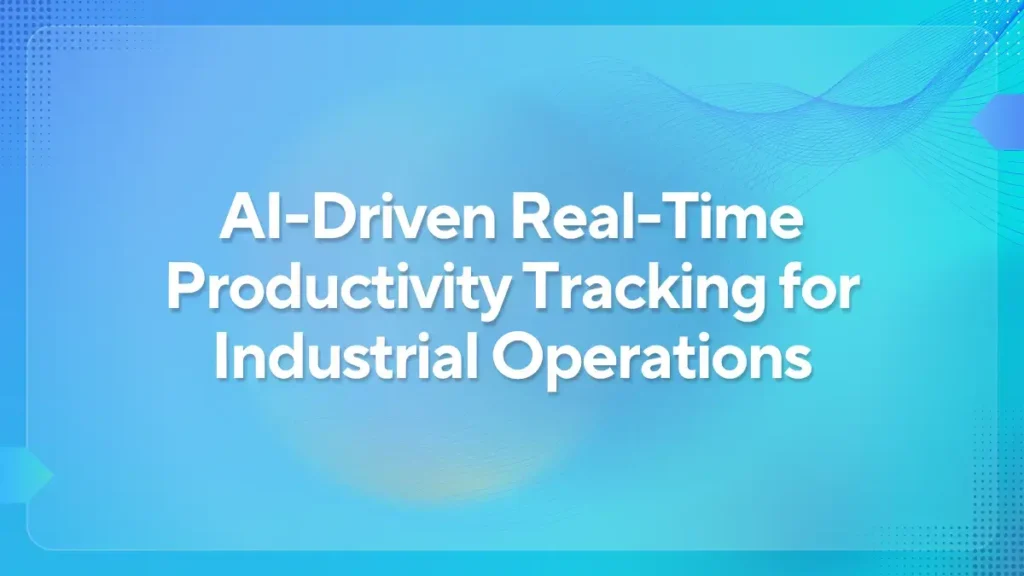
AI-Driven Productivity Tracking involves real-time monitoring of workflows, resources, machine performance, automated systems, and processes to enhance operational efficiency.

AI-Driven Productivity Tracking involves real-time monitoring of workflows, resources, machine performance, automated systems, and processes to enhance operational efficiency.

IR monitoring combined with vision systems are trained to identify complex patterns and subtle thermal anomalies within the infrared spectrum, such as uneven heating in refractories or developing hot spots in ladles used for molten metal handling. Early detection of issues like cracks, lining erosion, or overheating helps prevent costly equipment failures.

Effective manufacturing process monitoring ensures operational excellence, product consistency, and proactive maintenance. With advanced tools and software, manufacturers gain real-time visibility to prevent downtime and quality issues.

Machine health monitoring empowers maintenance teams to transition from reactive maintenance to condition-based maintenance significantly improving asset performance and reducing maintenance costs.

As businesses scale and diversify, the demand for greater efficiency, minimal downtime, and enhanced safety has driven the need for advanced monitoring agents to unlock new levels of productivity, safety, and operational efficiency across sectors.
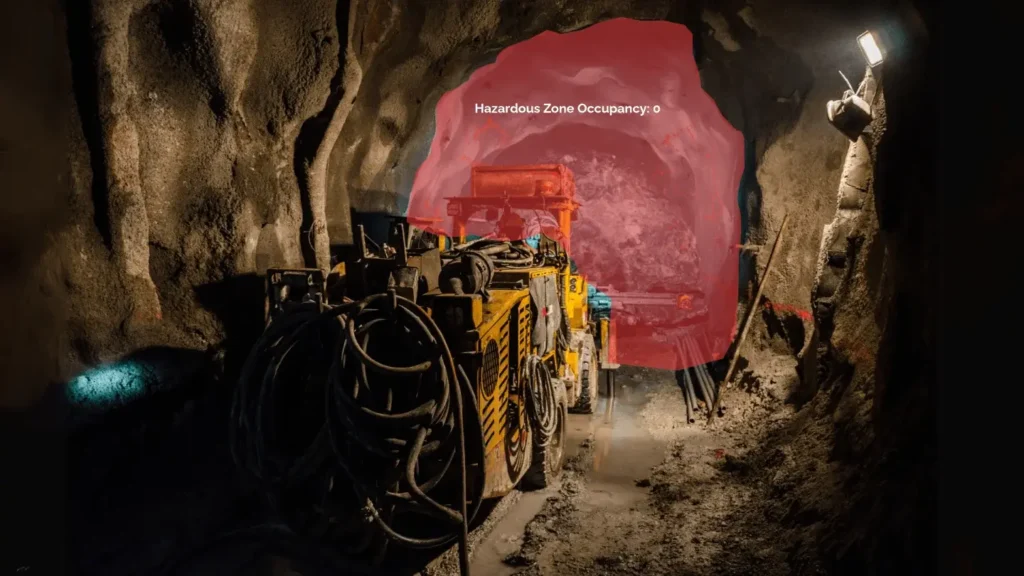
AI in the mining industry is not merely a trend; it’s a necessity. With vast operations often spread across remote and hazardous environments, real-time insights and automation are key to minimizing human error, optimizing production, and maintaining sustainability.
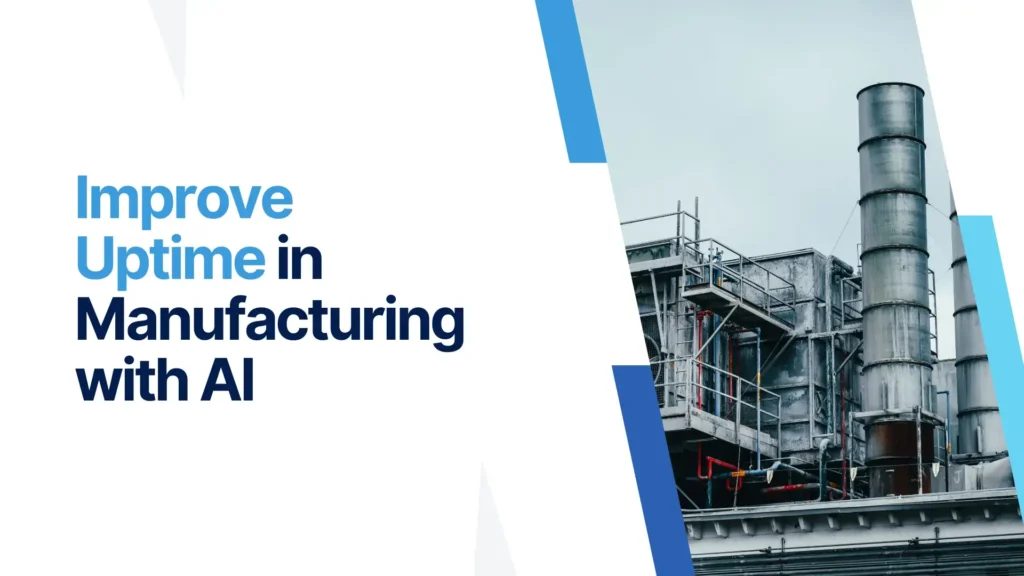
Discover how AI is transforming plant uptime in manufacturing by enabling predictive maintenance, real-time anomaly detection, and SOP compliance. Improve equipment reliability, reduce unplanned downtime, and enhance overall operational efficiency
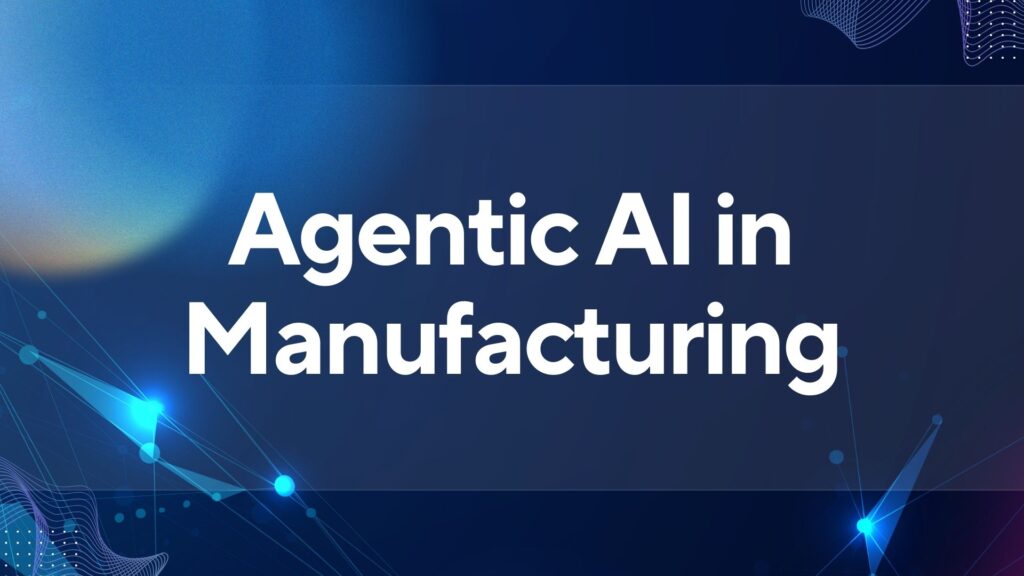
Agentic AI in manufacturing operations are designed, executed, and optimized. These systems act autonomously, making decisions based on real-time data to improve efficiency, reduce costs, and maintain high product quality
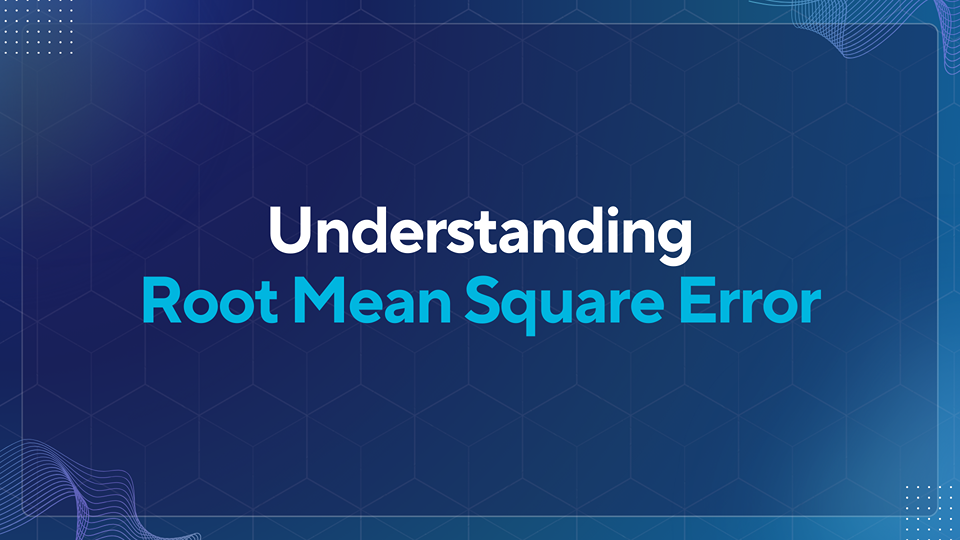
Root Mean Square Error (RMSE) is a widely used metric that measures the average magnitude of prediction errors in a model. It calculates the square root of the mean of squared differences between actual and predicted values, providing insight into model accuracy. Lower RMSE values indicate better predictive performance.
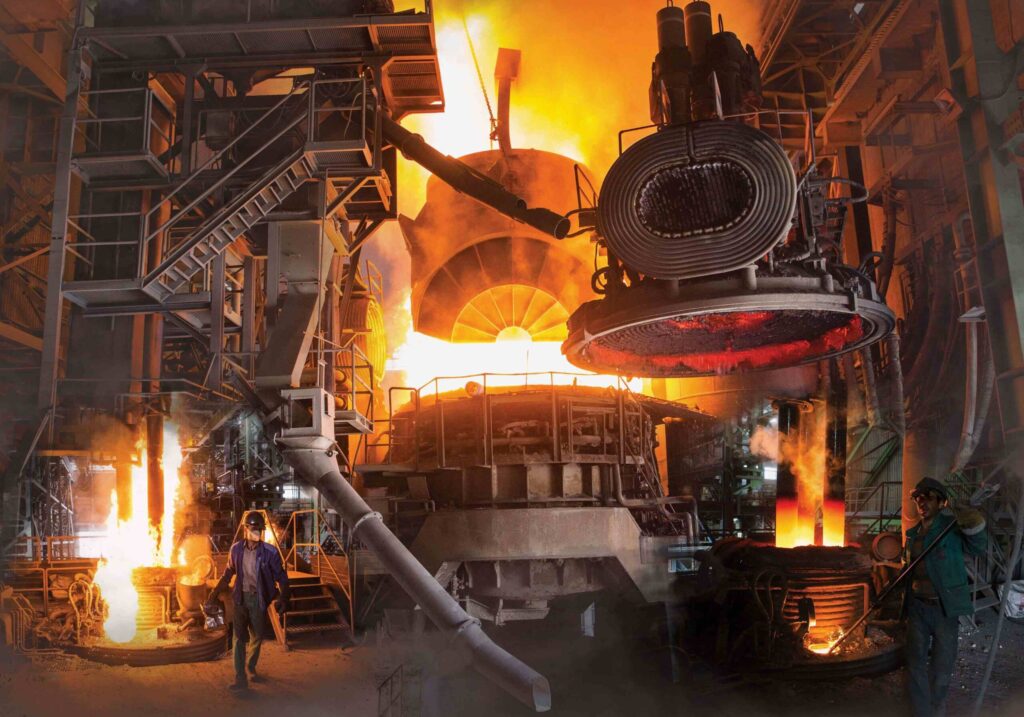
The blast furnaces steelmaking process is a complex and requires precise control over various parameters. Artificial Intelligence (AI) is optimizing this process, enhancing both productivity and quality.